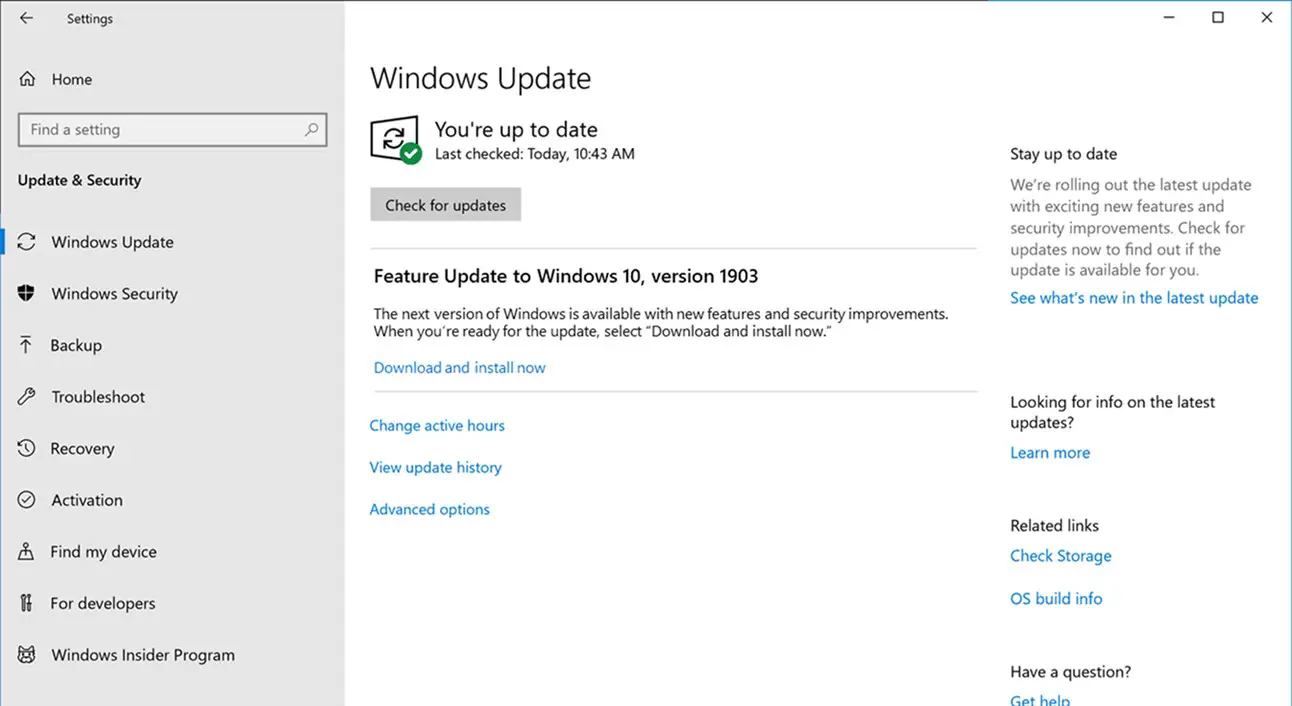Microsoft Improves Windows 10 Update Control
Earlier we mentioned that Microsoft released the latest announcement that Windows 10 Version 1903 based on stability considerations will be delayed until the official release in late May. At the same time, Microsoft also renamed the official name of Windows 10 Version 1903 from the April Update to the May 2019 Update. In addition to the above news, Microsoft’s official blog also announced a policy on system updates, providing independent control for major version updates and no longer forcing users to upgrade.

Image: Windows
The strategy Microsoft used previously was that major version updates were pushed with the cumulative update, which used the system update feature to automatically download and install major versions. The most intuitive feeling that this strategy brings to the user is that they don’t know anything. Just click to restart and update the button and the system is automatically upgraded. Regardless of whether the system automatically installs a cumulative update or a major version update restarts and the update button is the same, it is not clear what the user actually uses. After the upgrade, if there is a problem, the user has to go back to the rollback, and the upgrade process may take a long time and affect the user’s production and use. Windows 10 has released for four years, and Microsoft is ready to improve this strategy.
According to Microsoft official latest blog,
Additional improvements to put users more in control of updates that are being introduced with the May 2019 Update include:
- Extended ability to pause updates for both feature and monthly updates. This extension ability is for all editions of Windows 10, including Home. Based on user feedback we know that any update can come at an inconvenient time, such as when a PC is needed for a big presentation. So, we’re making it possible for all users to pause both feature and monthly updates for up to 35 days (seven days at a time, up to five times). Once the 35-day pause period is reached, users will need to update their device before pausing again.
- Intelligent active hours to avoid disruptive update restarts. The active hours feature, introduced in the Windows 10 Anniversary Update, relies on a manually configured time range to avoid automatically installing updates and rebooting. Many users leave the active hours setting at its 8 a.m. – 5 p.m. default. To further enhance active hours, users will now have the option to let Windows Update intelligently adjust active hours based on their device-specific usage patterns.
- Improved update orchestration to improve system responsiveness. This feature will improve system performance by intelligently coordinating Windows updates and Microsoft Store updates, so they occur when users are away from their devices to minimize disruptions.





